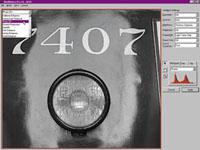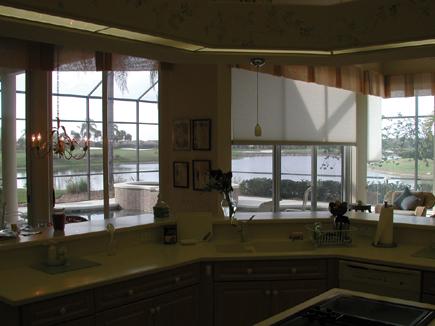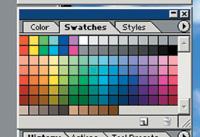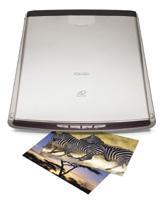Digital Darkroom
Sort By: Post DateTitle Publish Date
|
Nov 01, 2003
|
Feb 01, 1999
|
Jul 01, 2003
|
Jul 01, 2005 |
First Published: Jun 13, 2005
|
Oct 01, 2005
|
Mar 01, 1999
|
Jan 01, 2004
|
Jun 01, 2005
|
Mar 01, 2003
















